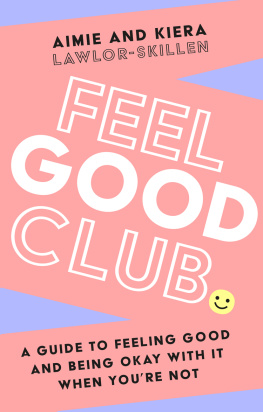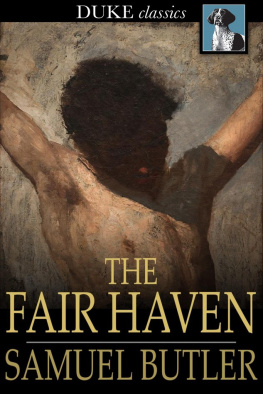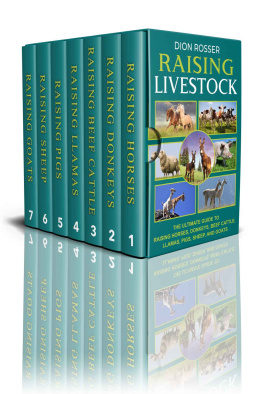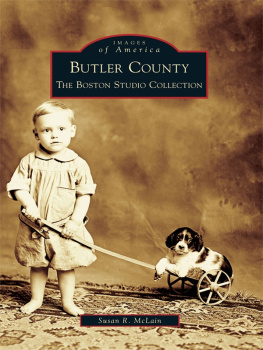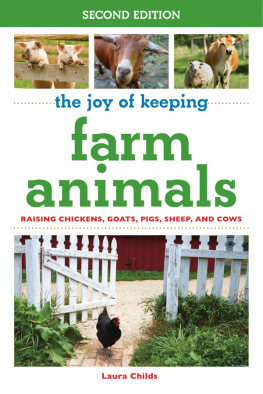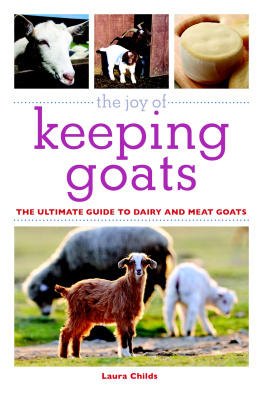This book is the result of the two-plus years I spent pestering 4-Hers and their families: I followed the kids around as they did their chores, asked each of them hundreds of questions over bowls of ice cream and cups of hot chocolate, and distinguished myself at the fairs as the only ringside spectator with an open laptop. To recreate the scenes and conversations in this book, I drew on a mix of my recordings, videos, photos, and interview notes. For context and supplemental material, I conducted dozens of interviews with 4-H program leaders, livestock experts, academics, and othersmany of whom I quote in the text. To the best of my knowledge, everything I present here is factually accurate. The book has been independently fact checked.
In a few cases, Ive changed the names of minor characters to respect their privacy. Although much of the books action proceeds in the order in which it actually happened, there are a few exceptions where I sped up certain periods of time and condensed others for the sake of clarity. For example: I met Randy Sosa of Greenfield 4-H later in the course of my research than he turns up in the book, and I did not go to Ghana until after I was done with most of my other reporting.
Parts of this bookthe section about my turkeys and the few paragraphs about the Thode family of Sebastopol, Californiaemerged from blog posts I first wrote for Mother Jones magazine.
I am not a historian, and this book isnt a conventional history. Much of the historical material Ive included is from Marilyn and Thomas Wessels 1982 book, 4-H: An American Idea, 1900 1980 .
Introduction
One sunny day in May, two roommates and I drove out to a farm in the country to pick up a couple of three-week-old turkey poults. The farmer raised her eyebrows when we told her that we planned to raise them in our urban neighborhood in Berkeley, California. But we assured her that our turkeys would have a good life, and she relinquished the apple-sized birds to us. They chirped plaintively throughout the entire hour and a half of our drive home.
But it didnt take long for our turkeys to get used to their new life in Berkeley. Until they were big enough to live outside, we kept them in our living room. There is a reason that people dont typically keep poultry in their living rooms: the birds poop everywhere and make your house smell awful. But what our turkeys lacked in personal hygiene they more than made up for with charm. In the evenings, they followed my two roommates and me from room to room, skittering along in an adorable half-flying, half-scurrying fashion. We taught them to fly from one couch to another. If I curled up in a chair to read a book, the birds would eventually arrange themselves on my lap and fall asleep. They looked like miniature dinosaurs.
When they were ready for an outdoor home, our across-the-street neighbors, a carpenter and a landscaper, built an impressive and spacious pen for the turkeys in their yard. I came over every morning with treats for the birds: raisins, nuts, and canned tuna for extra protein. They developed a particular taste for Trader Joes arugula, which they could spot before I even took it out of the bag. They flapped their wings and nipped at me in anticipation. Both birds turned out to be henslucky for us and our neighbors, since male birds would have made a lot more noise.
Despite their bohemian upbringing, they thrived. By November 10 they were fifteen pounds each, big enough to feed a crowd. As Thanksgiving approached, we all agreed that we wanted to do right by these amazing creatures.
When we pictured killing our turkeys, we envisioned a somber and beautiful ceremony honoring the lives of the two birds we had raised since they were small enough to fit in the palms of our hands. We had researched the most humane way to end their livesby hanging them upside down in a cone and slitting their jugular vein with a single fast and merciful cut. I had picked out a luminous W. S. Merwin poem for the occasion. There was talk of burning sage.
But on the afternoon when we assembled to slaughter the first of the two turkeys, something happened that we hadnt accounted for: kids started showing up. Word had spread in our neighborhood that something was going to be killed, and everyone wanted to be there to watch the spectacle.
Bikes were ditched in front of our neighbors house. John, a seven-year-old I had met a few times, wandered into the yard. Hed heard that the killing was imminent, and he had a lot of questions.
Did they ever bite you? he wanted to know. Did you bleed? Is that why youre killing them?
When are you gonna do it? asked a kid on a scooter.
Oooh, dont let him bite me, Im gonna get him! squealed another, hustling away from the turkey, who had found some onion greens to nibble on. A few kids horsed around by the vegetable bed. There was a lot of yelling.
What do we do? I hissed at my friend. The problem was not just that the kids were spoiling our plans for a solemn ceremony. We also werent sure about the ethical propriety of letting a bunch of kids witness us killing an animal. We considered asking the kids to get their parents permission. But tracking them down could have taken a long time. With some ambivalence, we decided to go ahead with the plan.
One little girl of about twelve shyly sidled up to me as I was trying to keep the turkey calm. There was something touching about watching the kids take it all in. Morbid curiosity was surely part of the draw (This is gonna be sick!). But there was reverence, too.
Those feathers are pretty, said the girl. What do they feel like?
Theyre soft, I said. You want to touch them?
She gingerly reached out and patted the turkey. They are soft.
We watched as my carpenter neighbor mounted a traffic cone onto an old spiraling iron railinghe had found it at a junkyardand placed a metal pot below to catch the blood. He caught the bird and lowered her into the cone headfirst. I didnt observe the actual slitting of her throat; I was busy whisking the other turkey away so she wouldnt see. (Understandably, birds can become stressed out by witnessing slaughter.)




